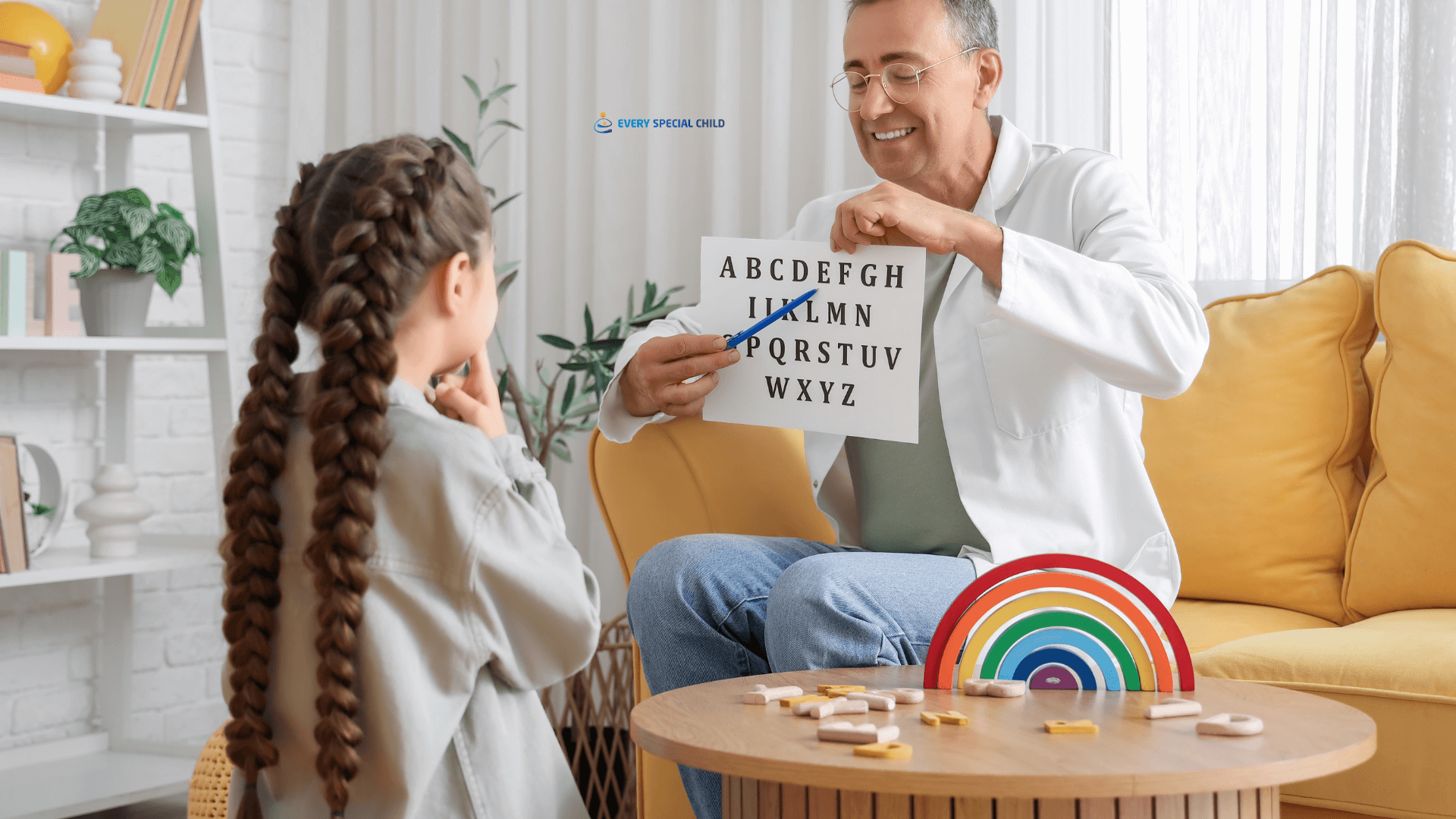
What Is Speech Therapy?
Speech Therapists Most Common Techniques is a specialised form of treatment that helps people improve their communication skills. It focuses on speech sounds, language, fluency, and even swallowing issues. The goal is not just clearer speech but also greater independence in everyday life. Apply Jobs Now
Think of communication as the bridge between your thoughts and the world. If that bridge is weak, frustration and isolation often follow. Speech therapy strengthens that bridge, giving individuals the confidence to share ideas, build relationships, and thrive socially. Read More
Speech Therapists Most Common Techniques address a wide variety of challenges, including:
Speech Therapists Most Common Techniques use a toolbox of strategies, tailoring each session to the individual’s needs. These techniques range from simple sound drills to advanced technology-assisted communication. See More
For those who struggle with pronouncing certain sounds, therapists use articulation therapy. The client practises sounds in isolation, then in words, and finally in sentences and conversations. For example, a child who struggles with the “R” sound may repeat it in fun exercises until it becomes natural.
Language therapy often feels like playtime—but it’s carefully designed to build skills. Therapists might:
Speech relies heavily on the muscles of the mouth, tongue, and throat. Oral motor therapy includes exercises like blowing bubbles, chewing tasks, or tongue movement drills to improve strength and coordination.
For people who stutter, speech therapists use fluency-shaping techniques such as:
Voice disorders can make speech sound strained, too soft, or even painful. Voice therapy includes:
When speech is severely limited, AAC provides a voice. Tools include:
Children learn best when they’re having fun. Therapists use puppets, board games, and pretend play to encourage speech practice. Play-based therapy keeps sessions engaging while targeting speech goals.
Parents and carers play a huge role in therapy success. Therapists often give homework activities like practising sounds during daily routines or reading together. This reinforcement makes progress much faster.
Modern therapy has gone digital. Apps, online games, and teletherapy sessions allow clients to practise from home. Especially during the pandemic, virtual speech therapy became a lifeline for many families.
Speech therapy is not a quick fix—it’s a journey. Therapists set small, realistic goals and measure progress regularly. Charts, recordings, and milestone checklists keep motivation high.
Consistency is key, but it’s not always easy. Children may resist practice, and adults may feel self-conscious. Therapists use creativity, encouragement, and patience to keep clients motivated through tough times.
Q1: How long does Speech Therapists Most Common Techniques take to show results?
It depends on the individual’s needs and consistency. Some see improvements in weeks, while others may need months or years.
Q2: Can adults benefit from Speech Therapists Most Common Techniques?
Absolutely. Adults recovering from strokes, injuries, or voice issues often make remarkable progress with therapy.
Q3: Is speech therapy only for children?
No, speech therapy supports all ages, from toddlers to seniors.
Q4: What happens in a typical speech therapy session?
Sessions include exercises, games, conversations, and sometimes technology-based tools, all tailored to the client’s goals.
Q5: Can parents help at home with therapy?
Yes, practising daily activities like reading, singing, and encouraging conversations at home makes therapy far more effective.